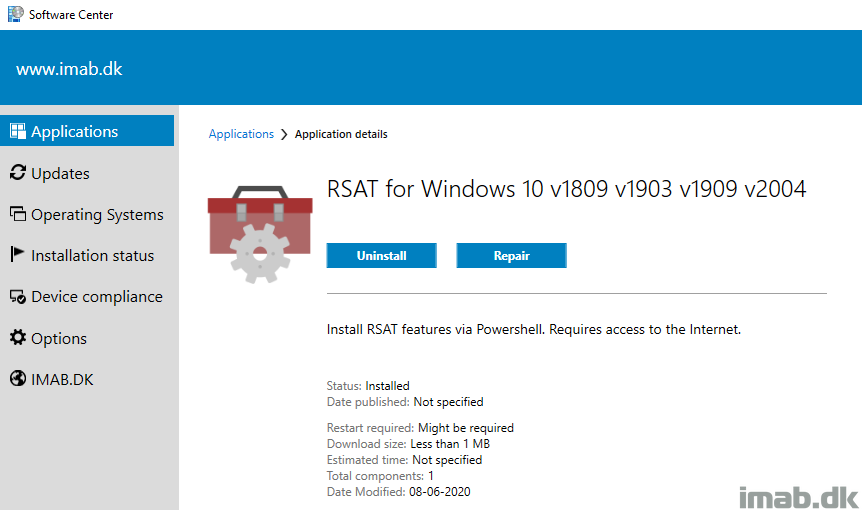Introduction
It’s here! The new and delicious version of my Windows 10 Toast Notification Script. The script is now being on version 2.0.0.
- First off, a huge thank you to Chad Brower for his incredible contributions to this new version. Most of the new functionality here, is a direct incorporation of Chad’s work (yet I end up spending 20 hours+ on deciphering and rewriting code, testing functionality, writing blog and updating documentation. I learned a ton!).
This new version, obviously brings the option to run Software (Feature) Updates directly from the action button in the toast notification, but also removes the need to manually, and outside of the script, to create the custom protocols and scripts (those enabling you, to run anything custom from the toast notification action button).
Find all the nifty details down below.










